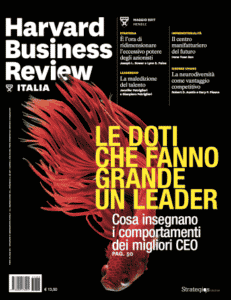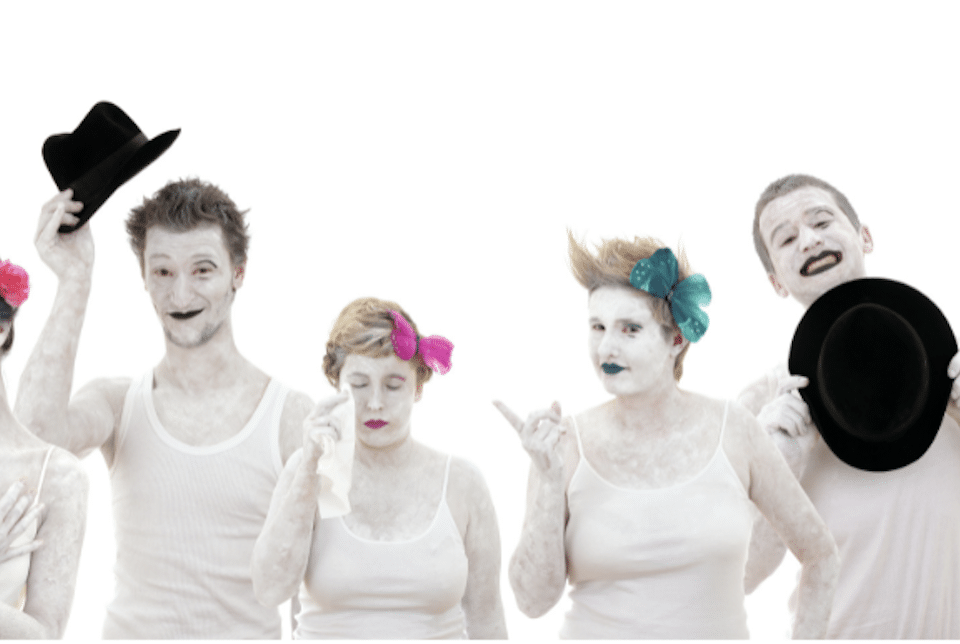
FACS: an atlas for exploring emotions through the face
14 April 2017
Storytelling for Leaders: Persuasive Communication
11 May 2017Ulysses, Athena and Pinocchio’s nose

From Homer to Collodi, the story of the menzogna seems to be able to traverse a span of time that verges on three thousand years, without losing any of its strength and appeal.
Pinocchio lies in front of the Blue Fairy and despairs when he sees his nose growing longer. Ulysses, finally back in Ithaca, lies about his origins, saying he is a Cretan on the run. But under the guise of the shepherd boy in front of him is actually his patron goddess Athena, who, after hearing his tale, tells him: “You are a wonderful liar; if I did not know the truth, I would have believed you!
Lying has always been a challenge to our intellect, it creates disquiet and excitement at the same time, as it challenges us, asks us to make a choice, especially when the stakes are high and deceiving or being deceived is vital to our physical safety or the protection of our interests. Deception – according to ethologists and psychologists who study evolution – is considered one of the highest forms of intelligence, and it is not by chance that only the most cognitively evolved animals are able to plan sophisticated tricks to the detriment of other members of their group or other animals.
Humans, however, are not particularly adept at recognising lies. Some research has shown that even experienced police officers, when basing their assessment on behavioural observation, are only able to expose a liar one out of two times, with percentages therefore not far from relying on chance.
The main cause of these poor results lies in the lack of a reliable method. The most common errors are in fact attributable to a sloppy technique in asking questions and looking for signals at the level of non-verbal communication that are considered unequivocal: “If he does not look you in the eye then he is lying”; “He licks his lips then he is anxious”; “He crosses his arms, he is insecure, he wants to protect himself from you” etc. Unfortunately, in real life there is no such thing as a “Pinocchio nose”, no single gesture or signal of non-verbal communication is equivalent to a precise meaning. This way of proceeding is methodologically wrong and is one of the major causes of miscarriages of justice.
.
A further indispensable reflection concerns the approach philosophy of our ‘lie hunter’. When the objective of behavioural observation becomes the search (verification) of elements confirming that our interlocutor is lying, the risk of exposing ourselves to the well-known phenomenon of the coming true of prophecy becomes very high. Radically different, however, is an approach aimed at assessing the credibility of the interlocutor.
.
Through the studies of Paul Ekman, a world-renowned psychologist, a scientific methodology has emerged to support the assessment of credibility and specialised courses have been developed to train a new professional figure: the emotional-behavioural analyst. The use of this knowledge can be found in the judicial world, in the field of security and in the corporate sphere in personnel selection and other evaluative activities inherent to human resources management.
The technique in question combines the use of targeted questions with the observation of five communication channels:
- facial expressions and micro-expressions (the latter lasting from 1/5 to 1/25 of a second);
- body language (postural reactions, gestures, proxemics and haptics);
- changes in voice (timbre, frequency, rhythm, etc.);
- the verbal style (pauses, change of pronouns, idioms, culturally related ‘slang’ etc.);
- the verbal content (narrative account verbalised by the interlocutor);
Pure observation of these five channels, however, still does not provide conclusive proof that a person is lying. The elements collected are first and foremost compared with the natural style of the person and the context in which the interview is conducted. A crucial element to consider is that, even if we are able to accurately detect a change in the person’s behaviour or a certain emotion, we can never know why this occurs. For this reason the methodology combines careful observation of communication channels with a targeted and precise use of particular questions.
The emotional-behavioural analyst is trained and coached to conduct a precise interview technique and to pick up on even the smallest, almost imperceptible changes in people’s behaviour, elements that become valuable information for assessing their credibility.
People’s ability to distinguish lies from the truth is expressed with an average that, even at best, never exceeds values around 54%. The experienced professional, through appropriate training and constant supervision of his or her work, can increase this figure to values of 90%.



